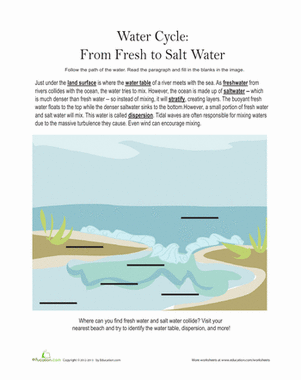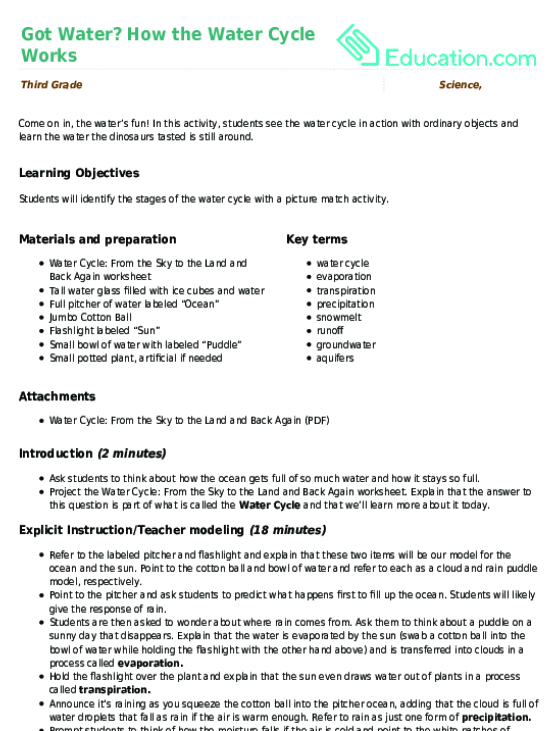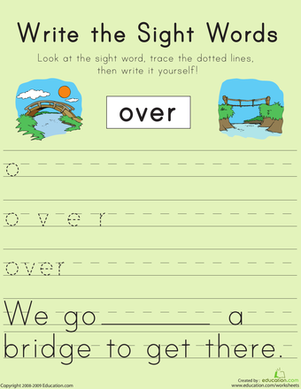Science project
Bridge Over Troubled Water
Grade Level: 1st - 3rd; Type: Engineering
Objective:
To explore how length affects the weight a bridge can hold.
Research Questions
- How much weight can a bridge hold?
- Does the length of a bridge affect how much weight it can hold?
- What other factors affect how much weight a bridge can hold?
Bridges provide a way to cross rivers, lakes, and other natural barriers. The beam bridge is the simplest and most common pedestrian and automobile bridge. It is a rigid structure that sits on two end supports. Beam bridges can be made from wood, concrete, or steel beams.
Materials:
- 9 wooden skewers (10 inches in length)
- Ruler
- Strong scissors or sharp knife (for adult use only)
- Tape
- 2 blocks (same height, at least 3 inches)
- Small weights (can be created with blocks or small heavy items)
- Scale
- Paper
- Pencil
Experimental Procedure:
- Gather the necessary materials.
- Have an adult cut three skewers to 7 inches long and three skewers to 4 inches long.
- Tape three skewers of the same length together so that the skewers lay flat beside each other.
- Place one set of three skewers with each end on a block to form a bridge. Slowly add weight to the bridge until the bridge breaks. When the bridge breaks place the weights on the scale to determine how much weight the bridge was able to hold. Record the information.
- Repeat step 4 with the other two sets of skewers.
- Analyze the data and draw a conclusion.
Terms/Concepts: beam: a horizontal, weight-bearing structural part span: the distance between the two ends of a bridge compression: a force that shortens or squeezes tension: a force that stretches and lengthens; A beam bridge is a rigid structure that spans across to end supports. The weight of something crossing the bridge compresses the bridge downward causing tension underneath the bridge.
References:
“Bridges” at http://www.scienceclarified.com/Bi-Ca/Bridges.html “How Bridges Work” by Michael Morrissey at www.howstuffworks.com “Geometry of Bridge Construction” at http://www.faculty.fairfield.edu/jmac/rs/bridges.htm “Bridge Technology” at http://ww.fhwa.dot.gov/bridge “Building Big Bridges” at PBS.org
Education.com provides the Science Fair Project Ideas for informational purposes only. Education.com does not make any guarantee or representation regarding the Science Fair Project Ideas and is not responsible or liable for any loss or damage, directly or indirectly, caused by your use of such information. By accessing the Science Fair Project Ideas, you waive and renounce any claims against Education.com that arise thereof. In addition, your access to Education.com's website and Science Fair Project Ideas is covered by Education.com's Privacy Policy and site Terms of Use, which include limitations on Education.com's liability.
Warning is hereby given that not all Project Ideas are appropriate for all individuals or in all circumstances. Implementation of any Science Project Idea should be undertaken only in appropriate settings and with appropriate parental or other supervision. Reading and following the safety precautions of all materials used in a project is the sole responsibility of each individual. For further information, consult your state's handbook of Science Safety.













